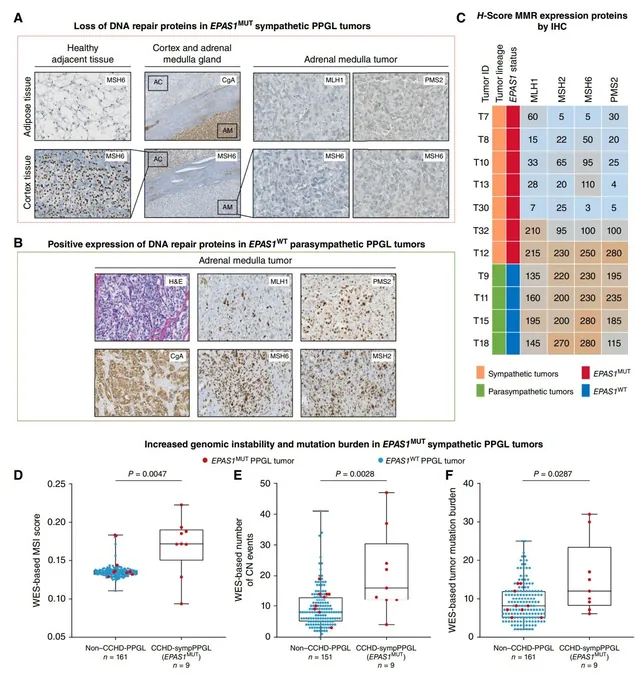
Unlocking the Secrets of Survival: How Cancer Cells Borrow from Sherpa Genes
2025-04-09
Author: Yu
A Groundbreaking Study Reveals the Genetic Link Between High-Altitude Survivors and Cancer Cells
In a captivating new study, researchers have unveiled a striking genetic connection between Sherpas, who thrive in the extreme conditions of the Himalayas, and cancer cells that flourish in low-oxygen environments. Led by Rodrigo Toledo at the Vall d'Hebron Institute of Oncology, this research, published in "Cancer Discovery," sheds light on how certain populations and cancerous tumors adapt to hypoxia, or oxygen deprivation.
The Dangers of Chronic Hypoxia and Its Connection to Cancer
Patients suffering from cyanotic congenital heart disease (CCHD) live in a state of chronic hypoxia, facing a dramatically heightened risk—up to six times greater—of developing neuroendocrine tumors like pheochromocytoma and paraganglioma. These aggressive cancers showcase a remarkable ability to grow and spread even when oxygen levels are severely compromised.
Sherpa Resilience and the EPAS1 Gene
Toledo’s team discovered that the Sherpas possess a unique variant of the EPAS1 gene, crucial for survival in their oxygen-thin habitat. Surprisingly, the analysis of tumor samples from CCHD patients revealed that this very gene was mutated in up to 90% of these hypoxic cancer cells, illustrating a fascinating parallel.
Nature's Parallel Paths: Convergent Evolution in Action
This phenomenon is an example of convergent evolution, where unrelated species develop similar adaptations to face comparable environmental stresses. Just as whales and bats evolved echolocation independently, tumors utilize shared genetic mutations to thrive. Toledo points out that the connection between natural adaptations and cancer evolution is key; both are using the same genetic strategies to overcome low-oxygen conditions.
Opening New Avenues for Cancer Research and Treatment
The implications of this study are profound. By analyzing the genetic adaptations that allow for survival in both natural populations and tumors, researchers can uncover novel therapeutic targets in cancer treatments. Future studies may even explore adaptations to extreme environments like high ultraviolet radiation, which could be pivotal in understanding aggressive forms of melanoma.
"Our findings not only bridge the gap between nature and cancer biology but also offer a roadmap for identifying new cancer drivers," says Toledo, hinting at a revolutionary approach in the fight against cancer.


 Brasil (PT)
Brasil (PT)
 Canada (EN)
Canada (EN)
 Chile (ES)
Chile (ES)
 Česko (CS)
Česko (CS)
 대한민국 (KO)
대한민국 (KO)
 España (ES)
España (ES)
 France (FR)
France (FR)
 Hong Kong (EN)
Hong Kong (EN)
 Italia (IT)
Italia (IT)
 日本 (JA)
日本 (JA)
 Magyarország (HU)
Magyarország (HU)
 Norge (NO)
Norge (NO)
 Polska (PL)
Polska (PL)
 Schweiz (DE)
Schweiz (DE)
 Singapore (EN)
Singapore (EN)
 Sverige (SV)
Sverige (SV)
 Suomi (FI)
Suomi (FI)
 Türkiye (TR)
Türkiye (TR)
 الإمارات العربية المتحدة (AR)
الإمارات العربية المتحدة (AR)